May 20, 2025
Avoiding Costly Mistakes for Businesses Under $10 Million
In the world of small business, making the wrong move can be detrimental, especially for companies making less than $10 million a year. This blog outlines the critical mistakes that can hinder growth and how to avoid them, drawing from real-world experiences and proven strategies.
Introduction to Key Mistakes
In the landscape of small businesses, especially those earning less than $10 million annually, avoiding key mistakes is crucial. One of the most significant pitfalls is keyman risk. This risk arises when a single individual is essential to the business's operations. If that person were to leave or become unavailable, the company's performance could dramatically decline or even cease altogether.
Understanding Keyman Risk
Keyman risk is a critical concept for any business owner to grasp. It signifies reliance on an individual whose absence could jeopardize the company's functionality. This could be the owner, a top salesperson, or anyone whose expertise is not easily replicable. The implications of keyman risk are profound; it transforms a business into a high-paying job rather than a sellable asset.

The Importance of Redundancy
To mitigate keyman risk, businesses must prioritize redundancy. This means having multiple individuals capable of performing essential functions. Redundancy ensures that if one person leaves, the business can continue to operate smoothly. It creates a flow of operations that isn't dependent on any single individual, thus safeguarding the business's future.

Creating an R&D Department
One effective strategy to combat keyman risk is establishing a Research and Development (R&D) department. This department focuses on innovation and problem-solving, allowing the business to adapt and grow without being tied to one person's ideas. By identifying customer needs and developing solutions, the R&D team can create systems that function independently of any key individual.

Keyman Risk in Marketing, Sales, and Operations
Keyman risk can manifest in various aspects of a business, particularly in marketing, sales, and operations. For instance, if the owner is the primary driver of marketing strategies, the business's ability to attract leads could falter without them. Similarly, if one person is responsible for sales conversions, their absence can halt revenue generation.
- Marketing: Dependence on a single marketer can restrict lead generation.
- Sales: If a key salesperson leaves, conversion rates may decline.
- Operations: Reliance on a specific operator can disrupt service delivery.

The Double-Edged Sword of Keyman Risk
It's essential to recognize that keyman risk is a double-edged sword. While being a key player can indicate value, it also poses a threat to the business's stability. The more valuable you become in your role, the more critical it is to transfer your skills to others. This transfer not only builds a more resilient organization but also enhances the overall value of the business.

The Housing Analogy: Fixing Your Business
Imagine your business as a house. Just like a house requires a solid foundation, your business needs strong systems and processes. If the foundation is weak, the entire structure is at risk. This analogy highlights the importance of addressing vulnerabilities within your business to ensure long-term stability and growth.
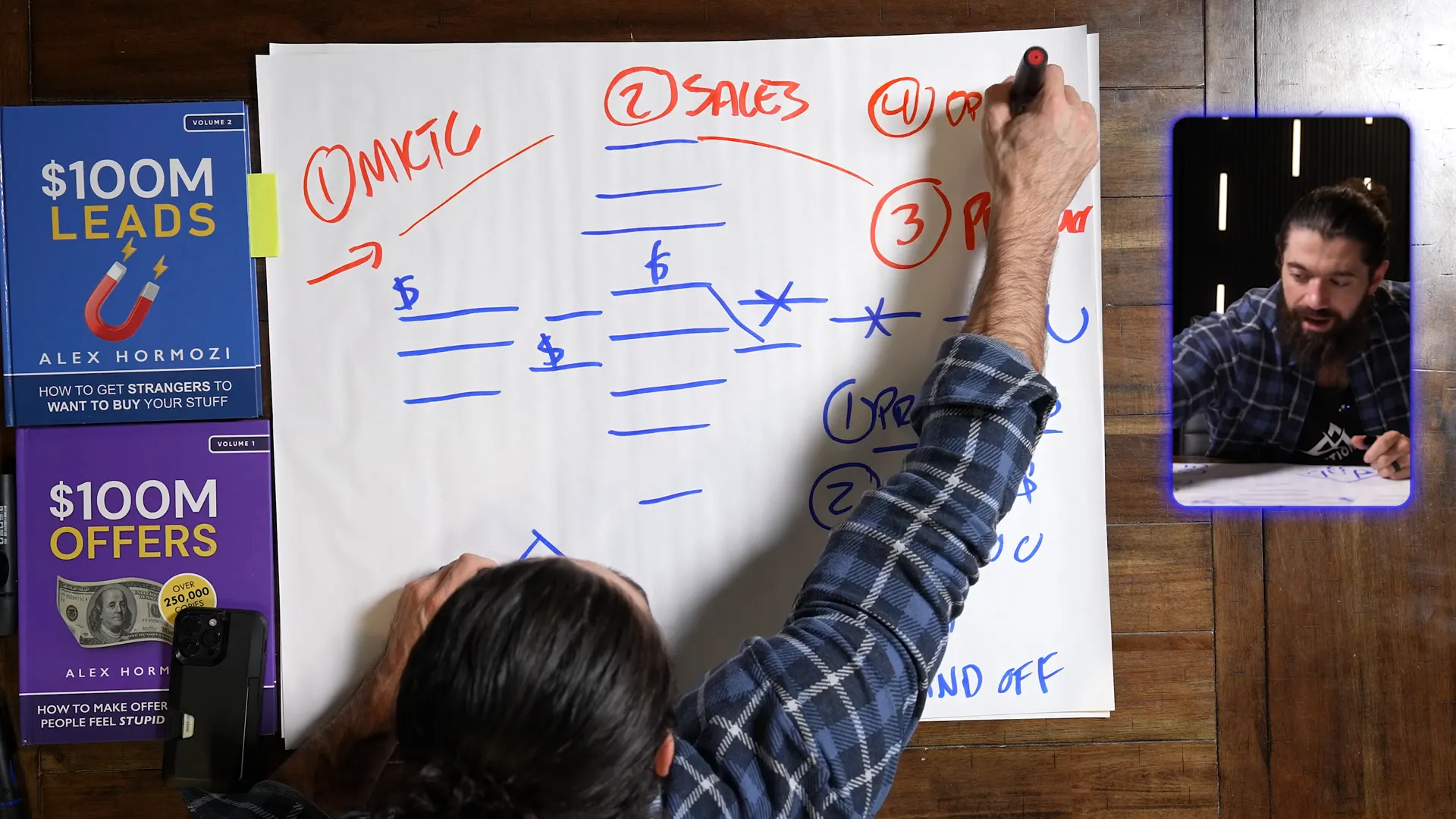
Building a Solid Foundation
To build a solid foundation, you need to identify key areas in your business that require attention. This includes your marketing strategies, sales processes, and operational workflows. Each of these areas acts as a pillar supporting the overall structure of your business.
By leveraging tools like GFunnel, you can streamline these processes, ensuring that they are not solely dependent on individual performance. This creates a more resilient business capable of weathering storms.

Renovating for Efficiency
Just as a house may need renovations to improve efficiency, your business processes may require updates. This can involve automating repetitive tasks or refining your customer acquisition strategies. By continuously assessing and improving your processes, you ensure that your business remains competitive.
Utilizing platforms like GFunnel allows you to automate workflows, reducing the reliance on manual input and minimizing errors. This not only saves time but also enhances overall productivity.

Addressing Keyman Risk with Processes and People
Keyman risk is a significant concern for many businesses, especially those with fewer than 10 employees. This risk arises when too much reliance is placed on a single individual. To mitigate this risk, it’s essential to implement robust processes and develop a capable team.

Documenting Processes
Start by documenting essential processes within your organization. This documentation serves as a guide for team members, ensuring that everyone understands their roles and responsibilities. Clear processes reduce confusion and create a framework for success.
With GFunnel, you can create detailed process maps that outline each step necessary for various tasks. This not only aids in training new employees but also provides a reference point for existing staff.
Empowering Your Team
Once processes are documented, the next step is to empower your team to take ownership. Encourage employees to take initiative and provide them with the tools they need to succeed. This empowerment fosters a culture of accountability, reducing the risk associated with keyman reliance.
By integrating GFunnel into your operations, you provide your team with access to resources and data that enable them to make informed decisions independently.
Single Channel Risk Explained
Single channel risk occurs when a business relies heavily on one source for its revenue, whether it be a specific product, service, or marketing channel. While this approach may seem efficient, it poses significant dangers that can jeopardize the entire business.
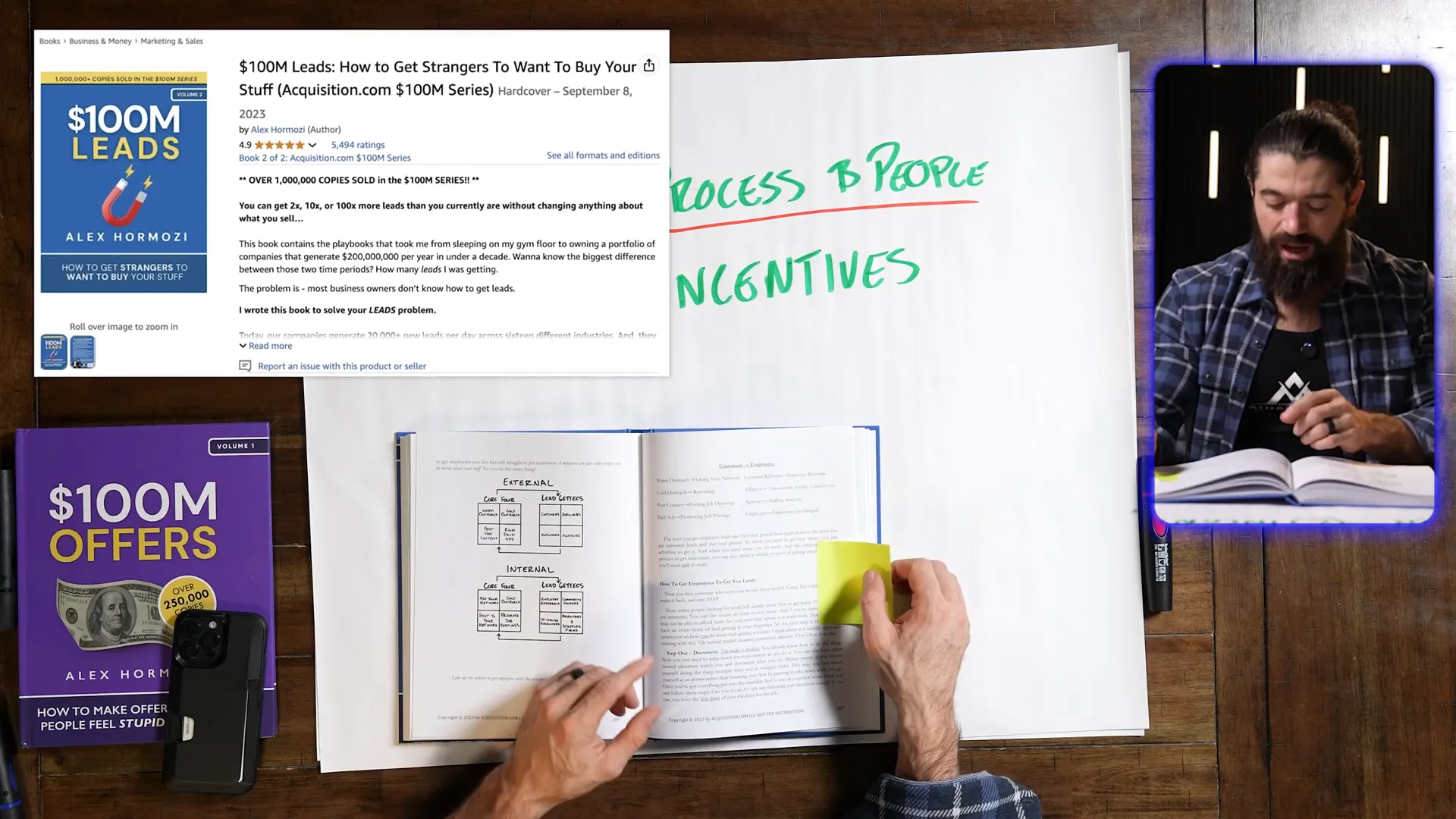
Identifying Single Channel Dependence
To mitigate single channel risk, begin by identifying areas where your business may be overly dependent. This could include relying solely on one type of customer or one marketing strategy. By recognizing these dependencies, you can take proactive steps to diversify your approach.
GFunnel can assist in this process by providing analytics that highlight revenue streams and customer demographics, helping you identify where your risks lie.
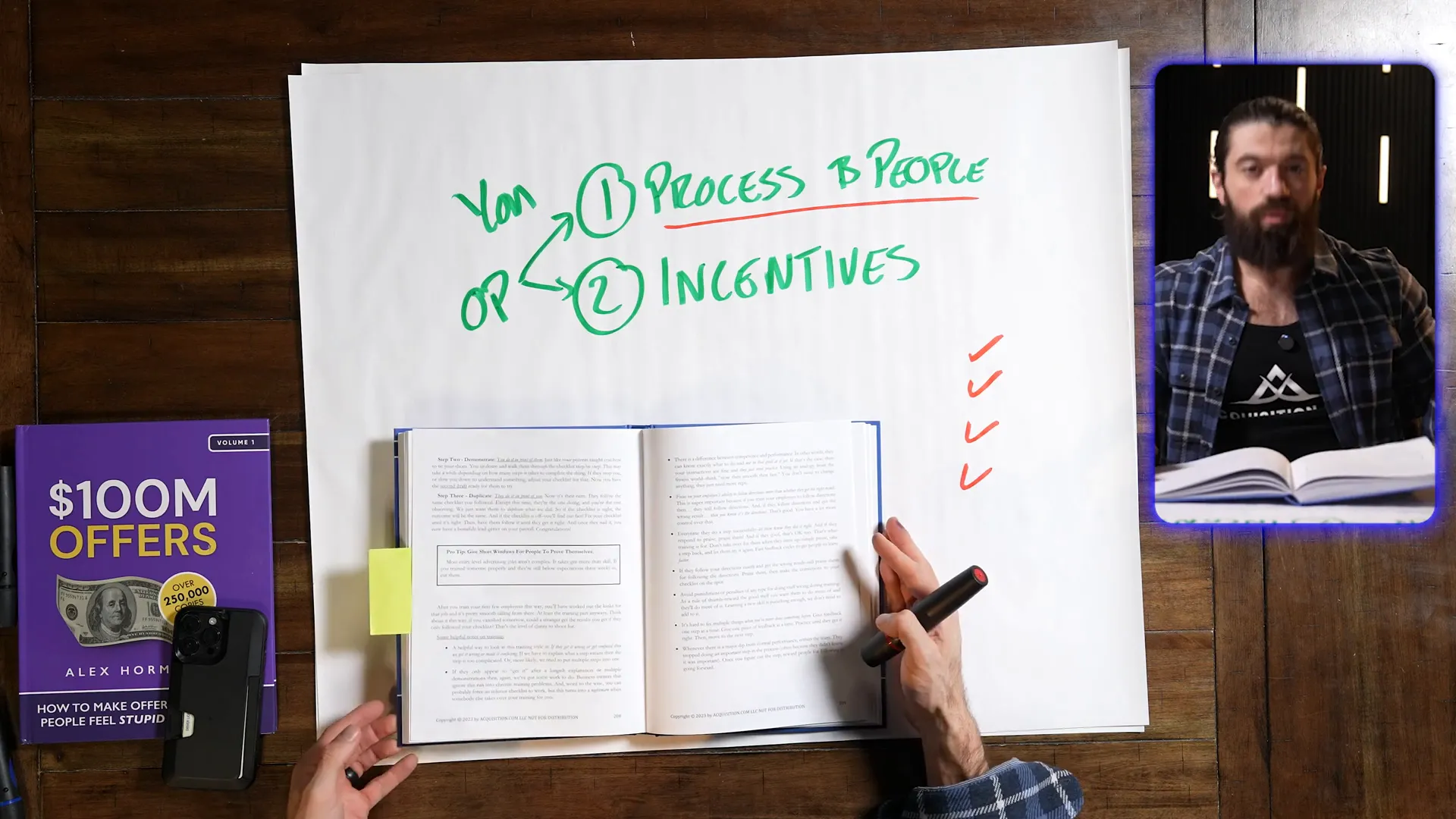
The Dangers of Relying on One Source
Relying on a single source for revenue is akin to placing all your eggs in one basket. If that source falters, your business could face dire consequences. This risk can manifest in various ways, from market changes to customer preferences.

Market Fluctuations
Market fluctuations can significantly impact businesses that rely solely on one source. For instance, if your primary revenue stream is tied to a particular product and demand drops, your entire business could suffer. To avoid this, diversify your offerings and explore new markets.
GFunnel allows you to create multiple sales funnels tailored to different market segments, helping you reach a broader audience.

Mitigating Single Channel Risk
To effectively mitigate single channel risk, businesses must adopt a multi-channel approach. This strategy involves diversifying revenue streams and exploring various marketing channels to reach different customer bases.

Exploring New Revenue Streams
Consider expanding your product or service offerings. This could mean introducing complementary products or services that appeal to your existing customer base. By doing so, you create additional avenues for revenue that can cushion your business against downturns in any single area.
GFunnel can help you identify potential new offerings based on customer data and purchasing trends, enabling you to make informed decisions about expansion.

Understanding Key Customer Risk
Key customer risk arises when a business depends heavily on a small number of customers for a significant portion of its revenue. This reliance can be dangerous, as losing even one key customer can have a severe impact on the business.

Diversifying Your Customer Base
To mitigate key customer risk, it’s crucial to diversify your customer base. This involves actively seeking out new customers and markets, ensuring that no single customer accounts for a disproportionate amount of your revenue.
Using GFunnel, you can analyze customer data to identify trends and opportunities for reaching new clientele, helping to spread your risk across a broader base.

Building Strong Relationships
In addition to expanding your customer base, focus on building strong relationships with your customers. This can lead to increased loyalty and repeat business, which provides a buffer against potential losses from any single customer.
GFunnel enables you to maintain customer relationships through personalized communication and targeted marketing campaigns, enhancing customer engagement.
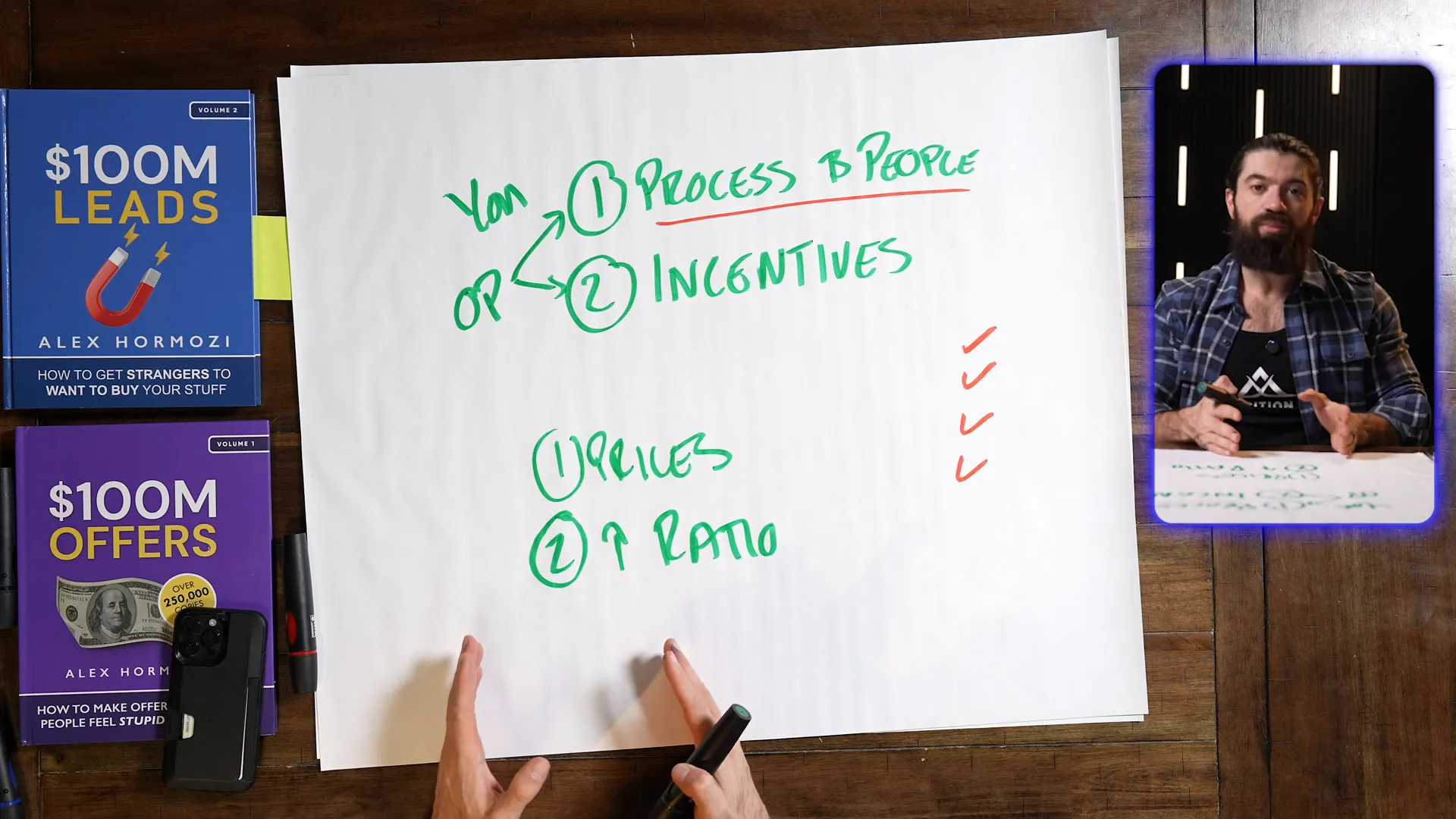
Strategies to Reduce Key Customer Risk
Key customer risk can be a significant threat to small businesses. To alleviate this risk, businesses should implement strategies that diversify their customer base and stabilize revenue streams.
Diversification of Customer Base
One of the most effective ways to mitigate key customer risk is to diversify your customer base. This can involve targeting different market segments or geographical areas. By spreading your revenue across a broader range of customers, you lessen the impact of losing any single client.

Leveraging Technology for Customer Insights
Utilizing platforms like GFunnel can help analyze customer data to identify trends and new opportunities. This information can guide your marketing efforts, allowing you to reach potential customers that you may not have considered before.
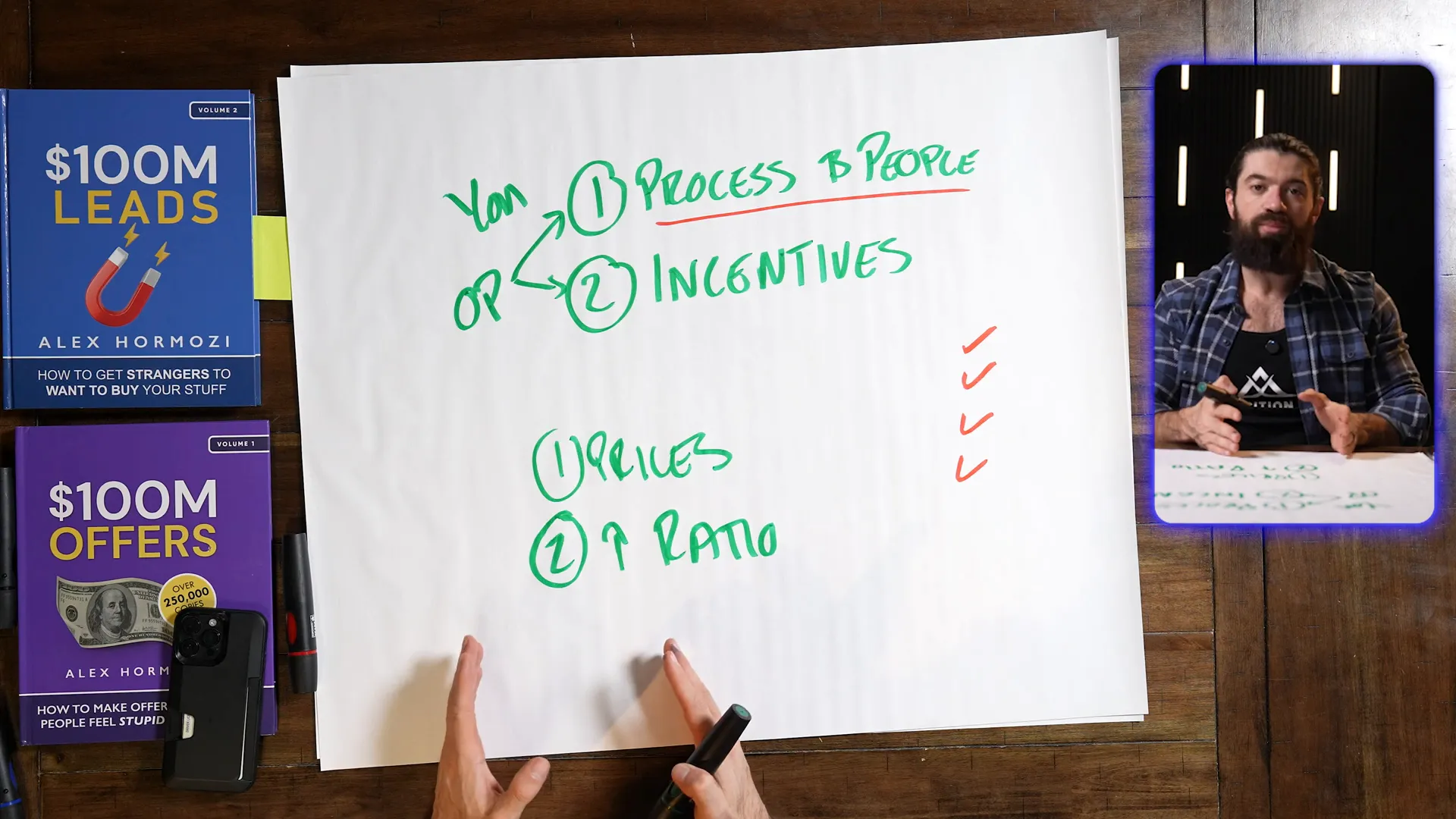
Building Long-term Relationships
Establishing strong relationships with customers is vital. Regular communication, personalized service, and loyalty programs can enhance customer retention. The more engaged your customers are, the less likely they are to leave.
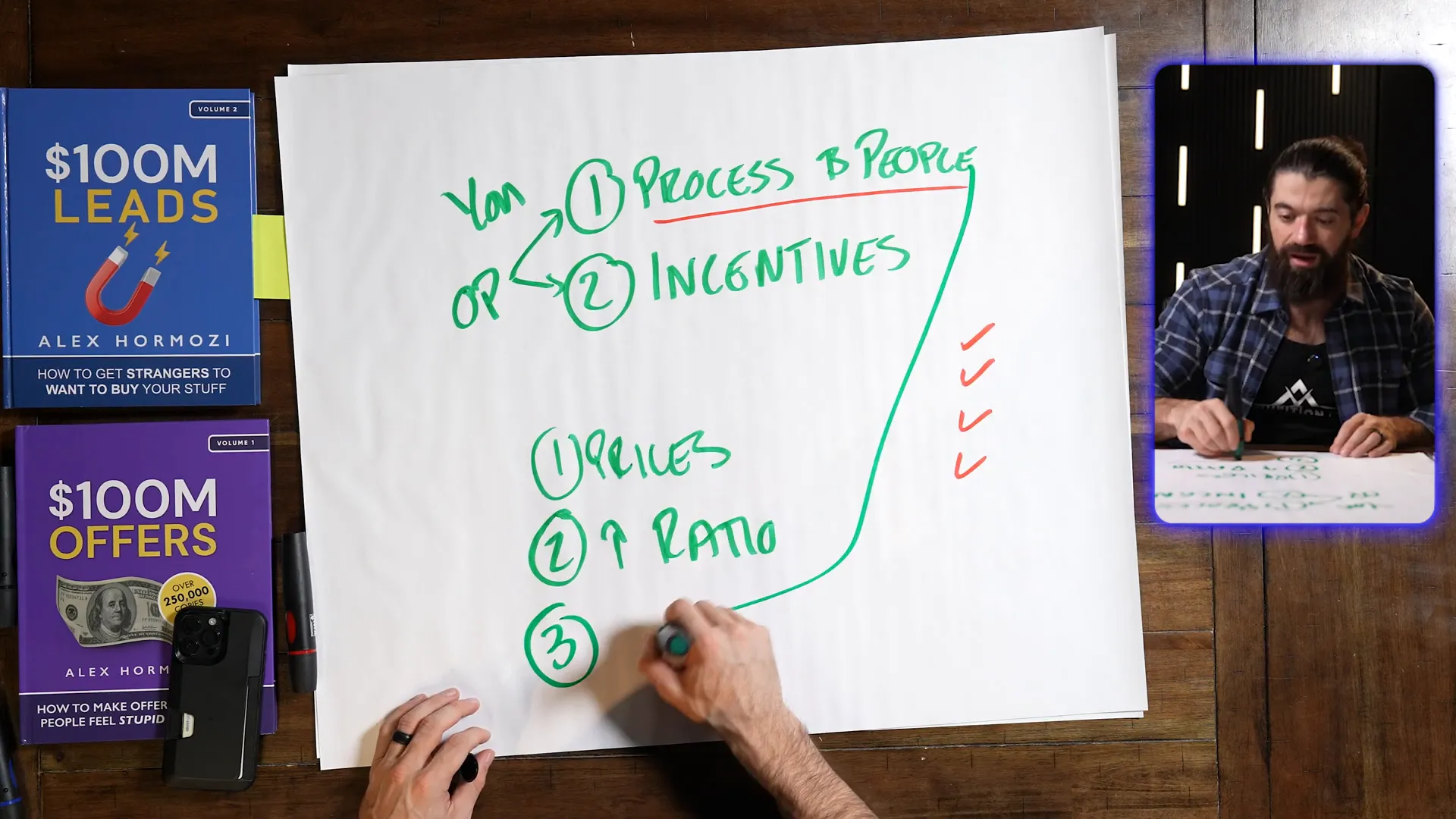
The Impact of Single Vendor Risk
Single vendor risk occurs when a business relies heavily on one supplier for critical goods or services. This reliance can lead to significant disruptions if the vendor fails to deliver.
Identifying Vendor Dependencies
Begin by identifying any areas where your business is overly dependent on a single vendor. This could include suppliers for raw materials, software providers, or service contractors. Recognizing these dependencies is the first step in mitigating risk.

Establishing Backup Vendors
To counter single vendor risk, establish relationships with backup vendors. This ensures that if one vendor fails, you have alternatives ready to step in. Diversifying your supplier base can safeguard your operations and maintain business continuity.

Tactics for Managing Vendor Relationships
Strong vendor relationships are crucial for ensuring smooth operations. Effective management of these relationships can prevent disruptions and enhance service quality.
Regular Communication
Maintain open lines of communication with your vendors. Regular check-ins can help address potential issues before they escalate. This proactive approach fosters a collaborative relationship that benefits both parties.

Service Level Agreements (SLAs)
Implementing SLAs can set clear expectations regarding performance and deliverables. These agreements protect your interests and provide a framework for accountability. If a vendor fails to meet the agreed standards, you have grounds for recourse.

Incentivizing Performance
Consider incentivizing your vendors for meeting or exceeding performance targets. This can create a win-win situation, encouraging them to prioritize your business needs. Positive reinforcement can lead to improved service and reliability.

Final Thoughts: Building a Resilient Business
Building a resilient business involves proactively addressing risks associated with key customers and vendors. By diversifying your customer base and maintaining strong vendor relationships, you can safeguard your business against potential disruptions.
Using GFunnel for Business Resilience
Integrating tools like GFunnel into your business strategy can enhance your ability to analyze data and streamline operations. This all-in-one business ecosystem helps you manage customer relationships, track vendor performance, and automate processes, making your business more resilient.

Continuous Improvement
Finally, always strive for continuous improvement. Regularly review your strategies, processes, and relationships to identify areas for enhancement. A culture of adaptability will position your business for long-term success.

Made with VideoToBlog